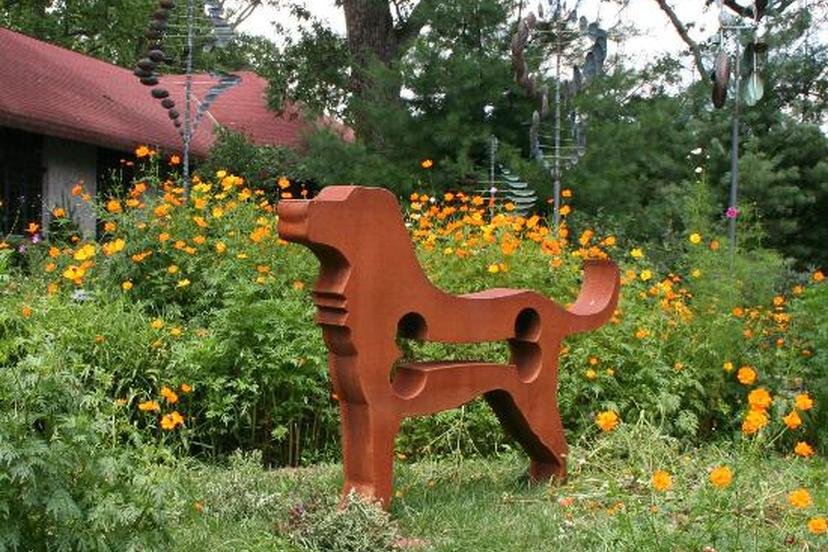The Benefits of Sculptural Elements: Adding Artistic Flair to Your Landscape
Art can transform a garden, turning it into a personal sanctuary that reflects style and taste. Sculptural elements, in particular, offer a unique way to enhance outdoor spaces, providing both visual interest and a sense of sophistication.
Sculptures act as focal points, drawing the eye and creating a sense of balance in the garden. Placing a striking piece at the end of a pathway or in a central location can give the landscape structure and harmony. These elements can be chosen to complement the existing theme of the garden, whether it is modern, classical, or whimsical.
Materials used in garden sculptures are diverse. Stone and metal are popular choices, offering durability and a timeless appeal. Stone sculptures blend seamlessly into natural settings, adding an organic touch, while metal pieces can provide a contemporary edge. Wood, though less durable, can introduce warmth and rustic charm to the garden.
Incorporating sculptures also allows for the expression of personality and interests. Abstract pieces might appeal to those who enjoy modern art, while classical statues might suit a more traditional taste. The inclusion of animal figures or mythological creatures can add a playful element, delighting visitors and creating a more engaging environment.
Functionality is another advantage of sculptural elements. Besides their aesthetic value, they can serve practical purposes. A large, flat-topped sculpture might double as a table, or a hollow piece could become a birdhouse or planter. These multifunctional pieces provide beauty and utility, making them a valuable addition to any garden.
Choosing the right sculpture involves considering the size and scale of the garden. A small courtyard might benefit from a single, well-placed piece, while a larger estate can accommodate multiple sculptures of varying sizes. It's essential to ensure that the sculptures do not overwhelm the space but rather enhance it, adding to its charm without dominating the landscape.
Incorporating lighting around sculptures can highlight their features and create stunning nighttime displays. Subtle, well-placed lights can cast dramatic shadows, enhancing the textures and forms of the pieces, adding another layer of visual interest to the garden.
Ultimately, sculptural elements bring a distinct artistic flair to outdoor spaces, enriching the landscape and reflecting the individuality of the homeowner. These pieces not only beautify the garden but also create a more dynamic and engaging environment, making outdoor areas more enjoyable and inspiring.


